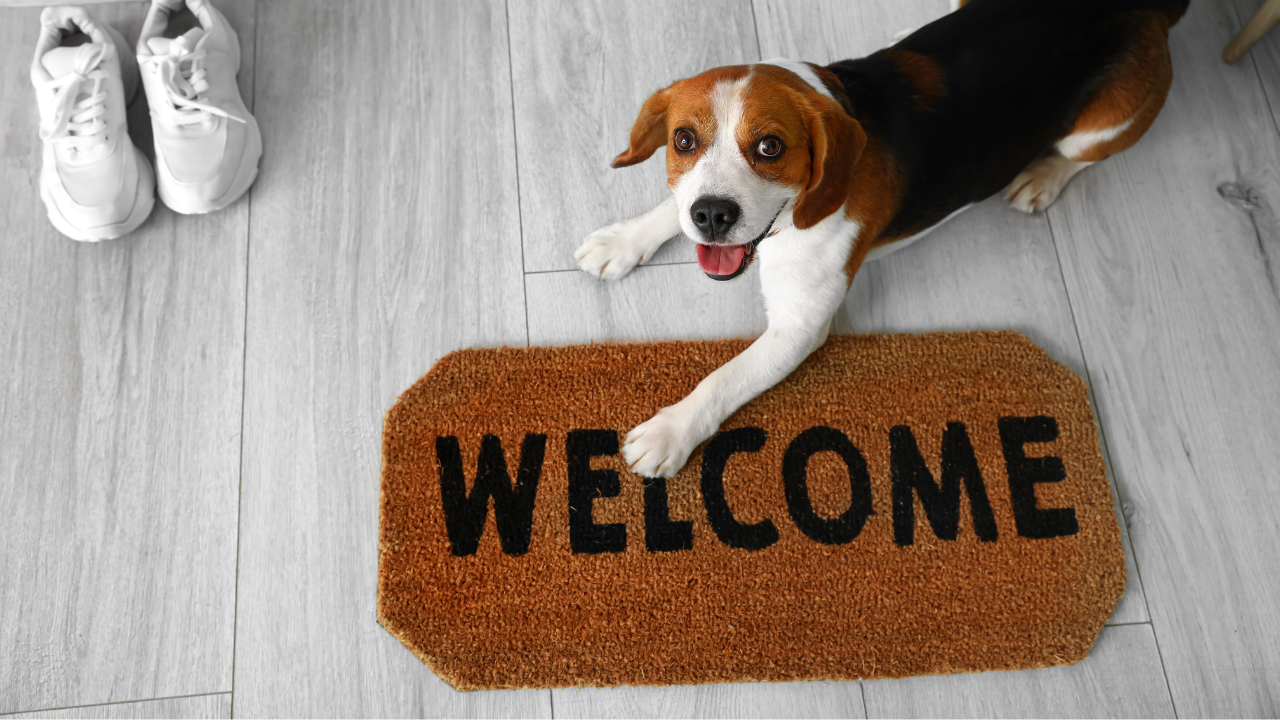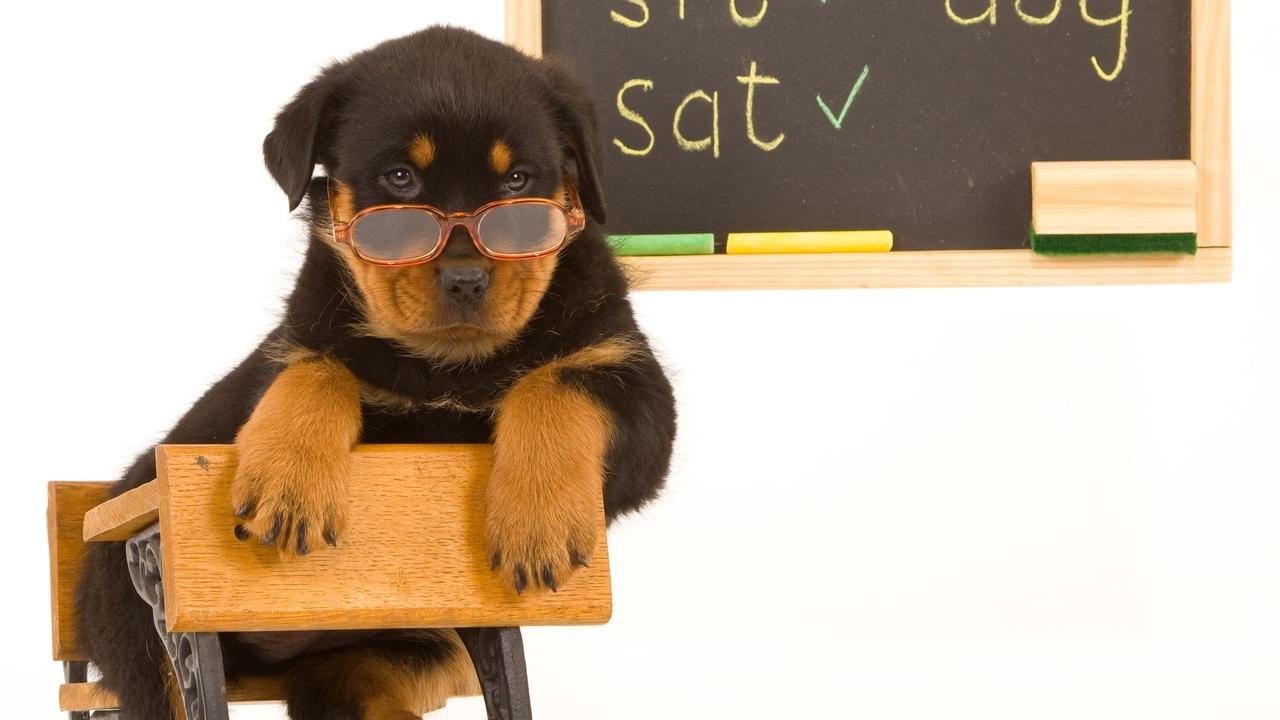Anxiety in dogs is a complex and often misunderstood issue. Just like humans, dogs can experience stress, fear, and anxiety that impact their well-being and quality of life. Whether your dog is showing subtle signs of discomfort or is struggling with severe anxiety, being able to recognize the signs of stress, understand the underlying causes, and know how to help them can make a world of difference.
In this post, we’ll explore the signs of anxiety, the role of pharmaceutical interventions, the...
Most dog owners dread the chaos that ensues when the doorbell rings and this can be especially stressful when you live with a fearful and/or reactive dog. Having people over may be so overwhelming that we avoid this entirely, or when it does happen your dog may embarrass you with their reactive behaviour or not even allow your guest to move within your house. It can be a stressful and discouraging situation for all. The below information outlines how to set it up to have a successful visit and t...
One of the most common concerns we see with dogs is anxiety. Anxiety is a normal emotional response to stress or danger, but when it becomes chronic or severe, it can have a negative impact on a dog's well-being. In this post, we will discuss what anxiety is, the signs of anxiety in dogs, why it matters, how to prevent it, and how to treat it.
What is Anxiety in Dogs?
Anxiety is a state of unease or distress caused by a perceived or real threat. In dogs, anxiety can be caused by a variety of f...
Learn how to better manage your dog and its environment to prevent reactive responses
“I don’t think the training is working. My dog still reacts at every dog we see!”
This is actually a common thing for us to hear in our classes and we understand how frustrating it can be for a student. However, it has nothing to do with the actual training and everything with how we are setting our dogs up to fail. Prevention and management is the key to any training program, but it is critical when dealing ...
If you struggle with your dog reacting too often out on walks or find each venture outside too stressful, you are being reactive vs proactive with your training. We must understand how to set our dog up for success and become proactive in our training! This not only allows your dog to progress through the program faster, but also makes it much more enjoyable for yourself and your dog!
Go to the Right Environment
As we discussed, you need to go to a space that sets your dog up for success. This...
We have discussed how to make our dogs calmly accept handling and to enjoy it, but what about how we handle them? Let’s face it: we can be jerks when we have our dogs on leash through yanking or keeping constant tension on the leash, and we can be very reactive as well! We often begin to anticipate that our dogs will react in certain situations, so we begin to react. This may be through pulling up on the leash, we may raise our shoulders with tension, we may begin breathing fast (or stop breathi...
Leash aggression is an embarrassing problem for dog owners, but one that can be easily modified
In today’s urban world, we are seeing more and more cases of leash aggression develop in dogs. Leash aggression used to be more often seen in dogs that were fearful of and/or had very little exposure to other dogs. However, it is now more common to see social dogs that are great off leash, but turn into barking, lunging and snarling dogs when they see dogs while they are on leash. So why is this? Why...
Despite the many things that may be going on inside your dog’s mind, we can get their focus back on us.
One of the greatest challenges you will have with any dog, but especially if you are living with a fearful and/or reactive dog, will be gaining their focus back to you. The outdoor world is a distracting environment for all dogs, let alone our modern urban environment! There are people, other dogs, wildlife, vehicles, bicycles, loud noises and so much more. We must also consider that a lot of...
There are many concerns about the use of food in training. First off, will it make our dogs fat? Secondly, will our dog only work for us if we have food? There are also many misconceptions about using food in training as well. First off, a dog owner may assume their dog is not food motivated. Or, they may feel like they are rewarding the dog for their reactive behaviour. We can understand all of these concerns and the below addresses each and why using food is so important.
Causing weight gain
...












